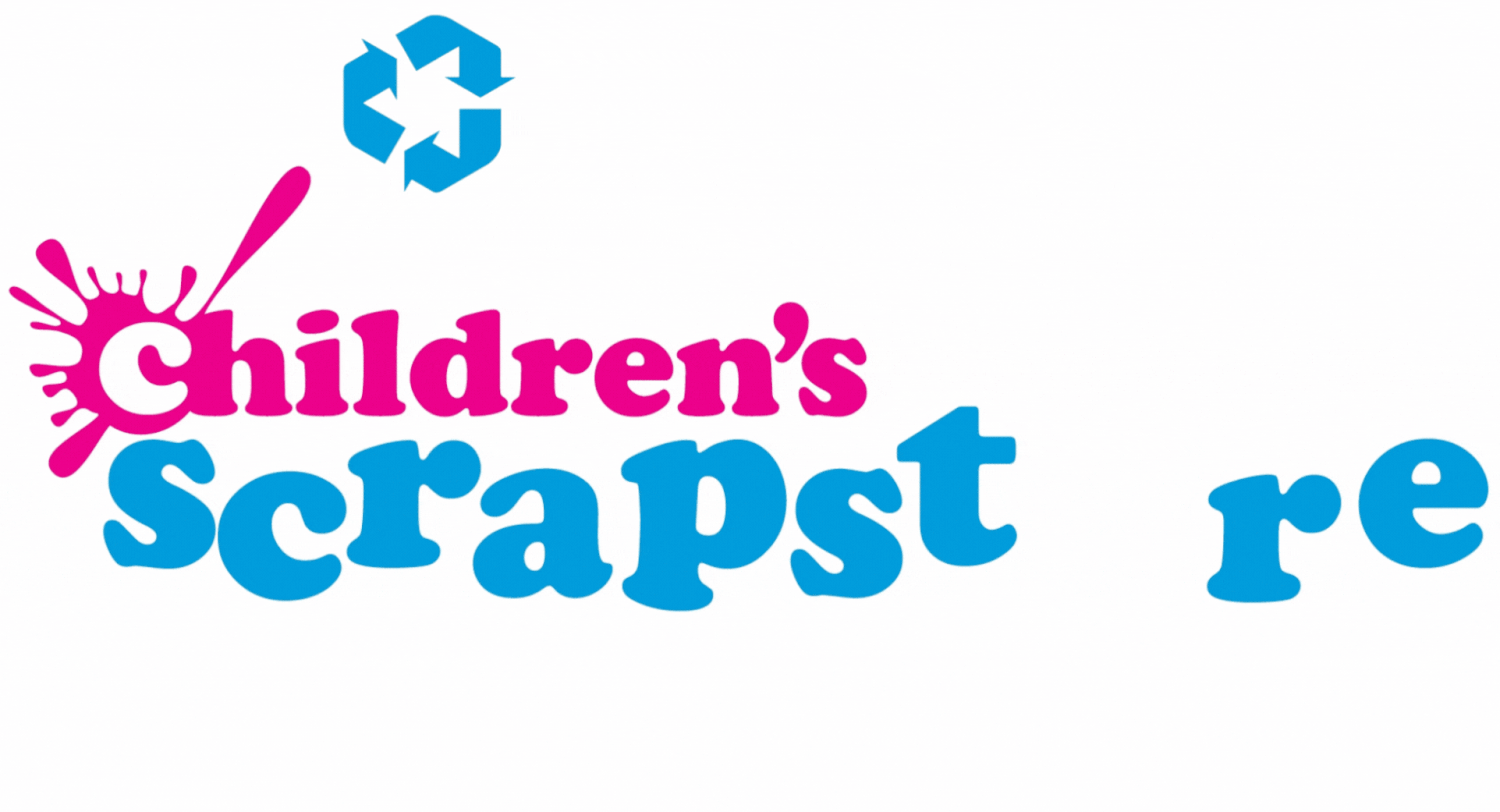Last month I was lucky enough to attend an event at the Avonmouth Resource Recovery Centre. Currently under construction, the site will be built and run by the national waste management company Viridor. Though the event was focused largely on forging local business connections, the location made a big impression. It caused me to reflect on the position of Children’s Scrapstore (and scrapstores in general) in the world of waste management.
Resource Recovery Centres (RRC) are an alternative to landfilling non-recyclable waste. These centres incinerate waste at very high temperatures, releasing energy that is used to generate electricity. The gases this process produces are cleaned before being released through a chimney stack, while the ash produced in the incinerators is recycled into materials for the construction industry. According to Viridor, the Avonmouth RRC will divert 320,000 tonnes of waste away from landfill and will generate up to 32 megawatts of electricity, enough to power over 40,000 homes.
These impressive figures highlight the great strides that have been made in waste management over the last few decades. Yet it is worth emphasising that energy recovery is far from the preferred industry option. Such plants inevitably produce polluting emissions, and the energy produced through this process is only “partially renewable”.[1]
As this hierarchy diagram demonstrates, energy recovery sits above waste treatment and waste disposal (i.e. landfill). Looking at the top, best practice is to avoid producing waste altogether, or else reducing such production. In the middle we see reuse and recycling. The benefits of the latter are well known, but it is worth dwelling on some specifics. Taking aluminium as an example, manufacturing cans with recycled aluminium uses 95 percent less energy than creating the same amount of aluminium from raw materials. This is because recycled materials “have already been refined and processed once; manufacturing the second time is much cleaner and less energy-intensive than the first.”[2] In turn, local and national economies benefit from a thriving recycling industry. Taking an example from California as recorded by Stanford University, for every job in recycling collection eight jobs are created through manufacturing new products from recycled materials.[3]
A large cable reel nicely upcycled by our downstairs neighbours Better Food.
Yet recycling inevitably produces its own carbon emissions, from the fuel used by collection vehicles to the energy used to process rubbish into recycled material. This is not meant as vehement criticism; recycling keeps waste out of landfill and provides much needed materials for manufacturing. But in contrast to recycling, reuse “with little or no processing […] keep[s] materials out of the waste stream”.[4] This is where organisations like Children’s Scrapstore come to the fore. By collecting business waste from local companies that is too expensive for them to recycle, or else is non-recyclable and thus would otherwise go into landfill, we extend the life of waste material without producing significant carbon emissions. Cable reels offer a good example, which are used by a huge number of manufacturers. We collect hundreds of cable reels per year, from small ones that are good for play activities through to enormous ones that can be upcycled into tables. We also receive a large amount of carpet, either as samples, offcuts, or end-of-range full rolls. Some of these are of extremely high quality and can help our members redecorate clubhouses, church halls, or even their own homes. As the waste hierarchy indicates, reuse is always preferable to recycling, and scrapstores around the country play an important role in promoting and encouraging reuse.
[1] A varying proportion of non-recyclable material comes from “things that were recently growing and are biodegradable”, e.g. food, paper, wood. As such, this form of recovered energy can be considered “partially renewable”. See Department for Environment Food and Rural Affairs, ‘Energy from Waste: A Guide to the Debate’ (February 2014), 2-3.
[2] Stanford University, ‘Frequently Asked Questions: Benefits of Recycling’, https://lbre.stanford.edu/pssistanford-recycling/frequently-asked-questions/frequently-asked-questions-benefits-recycling, accessed 5th October 2018.
[3] Ibid.
[4] ReDo, ‘Benefits of Reuse’, http://loadingdock.org/redo/Benefits_of_Reuse/body_benefits_of_reuse.html, accessed 5th October 2018.


